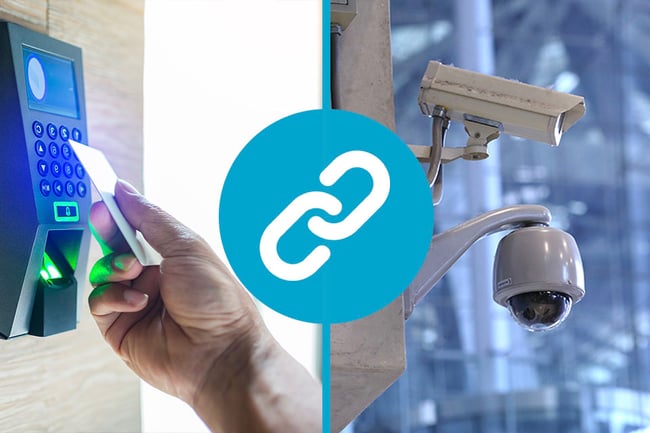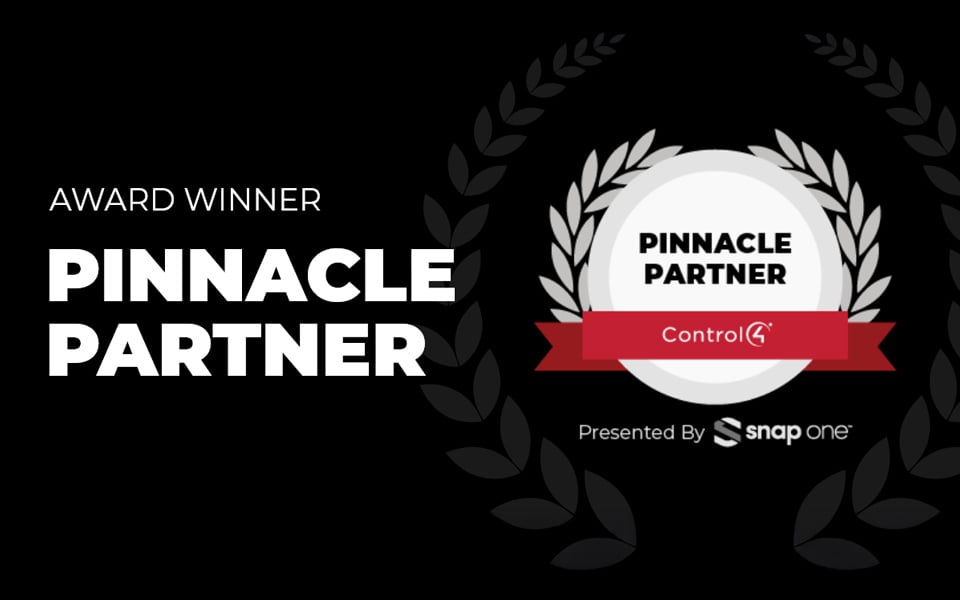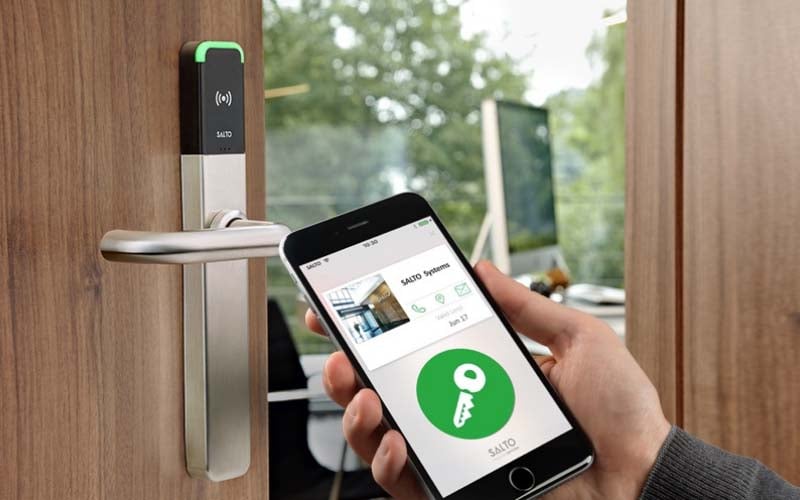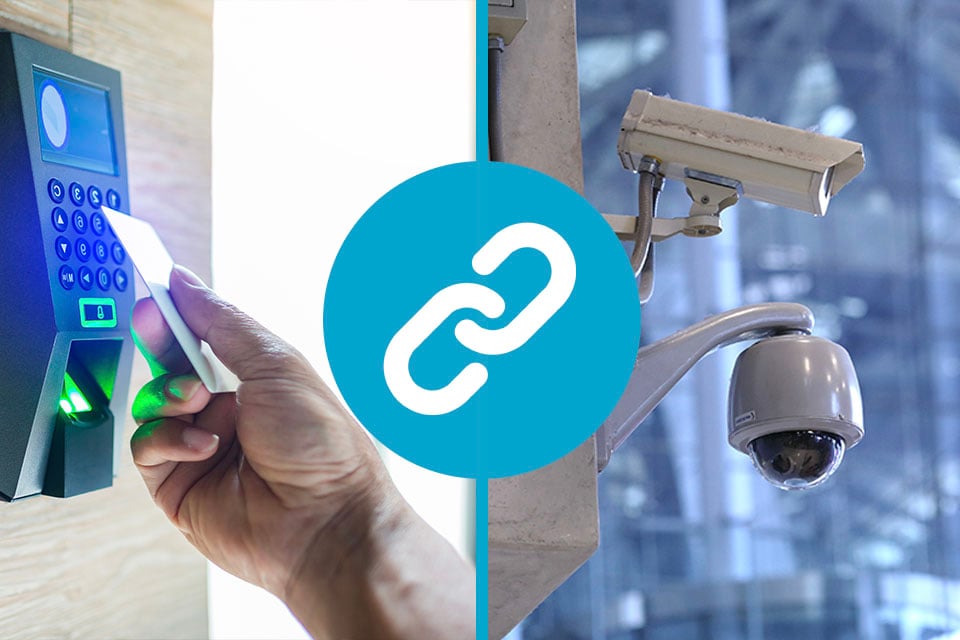Alright, let’s talk access control—the tech that determines whether you walk through the door like a VIP or get stopped like an imposter in a bad heist movie.
If you’re in the security industry, you know that for decades, Wiegand has been the standard for reader-to-controller communication. But here’s the problem: Wiegand is ancient. It’s the flip phone of access control—reliable, sure, but totally outdated.
Enter OSDP (Open Supervised Device Protocol), the new kid on the block. And unlike Wiegand, which is basically sending passwords through a megaphone, OSDP is like using an encrypted, secured private line.
Let’s break it down.
Wiegand: The Dinosaur That Won’t Die
Wiegand has been around since the 80s (yes, the same decade that gave us floppy disks and mullets). It was a game-changer back then, but today? It’s barely keeping up.
The Problems with Wiegand:
- Zero Encryption – Wiegand transmits data in plain text. That means if someone intercepts the signal, they can clone your access card in minutes. Not ideal.
- One-Way Communication – It’s like shouting at your security system with no way for it to reply. The reader sends data to the controller, but the controller can’t send anything back.
- No Supervision – If someone cuts a Wiegand cable, guess what? The system doesn’t even notice. That’s like leaving your front door open and assuming no one will walk in.
Despite these issues, Wiegand is still everywhere—because it works, it’s cheap, and upgrading access control is a pain. But companies sticking with it are leaving themselves wide open to hacking and inefficiencies.
OSDP: The Secure, Smart Upgrade
Now let’s talk about OSDP—the Tesla of access control. It was developed by the Security Industry Association (SIA) to fix everything wrong with Wiegand.
Here’s why OSDP wins:
- Encryption & Security 🔒
- Unlike Wiegand, OSDP is fully encrypted using AES-128. That means even if someone intercepts the data, it’s useless to them.
- No more card cloning or skimming attacks—this is security done right.
- Two-Way Communication 🔄
- OSDP lets the reader and controller talk to each other.
- Example: If a reader is tampered with, it can send a real-time alert instead of staying silent like Wiegand.
- Supervision & Health Monitoring 📡
- OSDP continuously checks if devices are connected and working properly. If someone cuts a cable or a reader goes offline, the system knows immediately.
- No more "we found out days later" moments.
- Longer Range & Better Cabling 🏢
- Wiegand struggles beyond 500 feet.
- OSDP? Up to 4,000 feet using RS-485 twisted pair. That’s 8x the range, meaning fewer controllers and cleaner installs.
- Standardisation & Interoperability 🔗
- Wiegand is proprietary, meaning different vendors' devices don’t always play nice.
- OSDP is an open standard, meaning you can mix and match vendors, integrate with newer tech, and future-proof your system.
- Support for Advanced Features 🚀
- With OSDP, you get native support for things like biometrics, smartcards, and touchscreen PIN pads.
- Wiegand? Still stuck in the "scan and hope for the best" era.
Desfire EV3 & Site Code Matching: The Extra Security Layer
Now, let’s talk about an extra layer of security that many businesses ignore: readers that support site codes and match them with the site code on a Desfire EV3 card.
Why does this matter?
- Stops Unauthorized Card Duplication 🚫
- Traditional Wiegand and older MIFARE cards can be cloned with off-the-shelf devices.
- Desfire EV3 + site code validation prevents cloned cards from working because the reader checks for a specific site code before granting access.
- Eliminates Unauthorized Aftermarket Cards 🔐
- One of the biggest vulnerabilities is employees or outsiders purchasing blank cards online and programming them with stolen credentials.
- With a properly configured OSDP reader + Desfire EV3 + site code enforcement, only officially issued cards work.
- Future-Proofs Your System 🚀
- Many legacy systems are vulnerable to card replay attacks (where an attacker captures a card’s transmission and replays it to gain access).
- Desfire EV3 adds transaction protection to prevent replay attacks, and site code enforcement ensures only legitimate, site-specific cards are allowed.
What This Means for End Users
For security managers, IT directors, and business owners, the message is clear: Wiegand is a security risk, and OSDP with Desfire EV3 and site code validation is the way forward.
🔹 If you care about security, OSDP eliminates eavesdropping risks, card cloning, and system blind spots.
🔹 If you want to stop unauthorised access, site code validation ensures only genuine, site-approved cards work.
🔹 If you manage multiple buildings, Desfire EV3 ensures seamless, controlled access between sites.
🔹 If you want to future-proof your investment, OSDP’s open standard ensures your system won’t be obsolete in 5 years.
The bottom line?
If you’re still using Wiegand in 2025, you’re basically using a fax machine for security. It’s time to upgrade to OSDP with Desfire EV3 before someone walks through your “secure” doors using a £30 device they bought online.
Your move.

Luke Lewis-Rippington
Related Posts
4 Access Control Trends for 2025
Access control has come a long way from receptionists and sign-in sheets. New access control technology, bolstered by Internet of Things (IoT) technology, is bringing higher levels of security than.
CCTV & Access Control: Everything You Need to Know
Technology is constantly advancing, and businesses constantly have to rethink their security strategies to counter the latest changes. This is especially true when it comes to CCTV and access.
School Access Control: The Benefits and Uses
As an administrator of an educational facility, your highest priority is the safety of the students in your care. One of the most important steps in this process, as identified by Ofsted, is ensuring.








